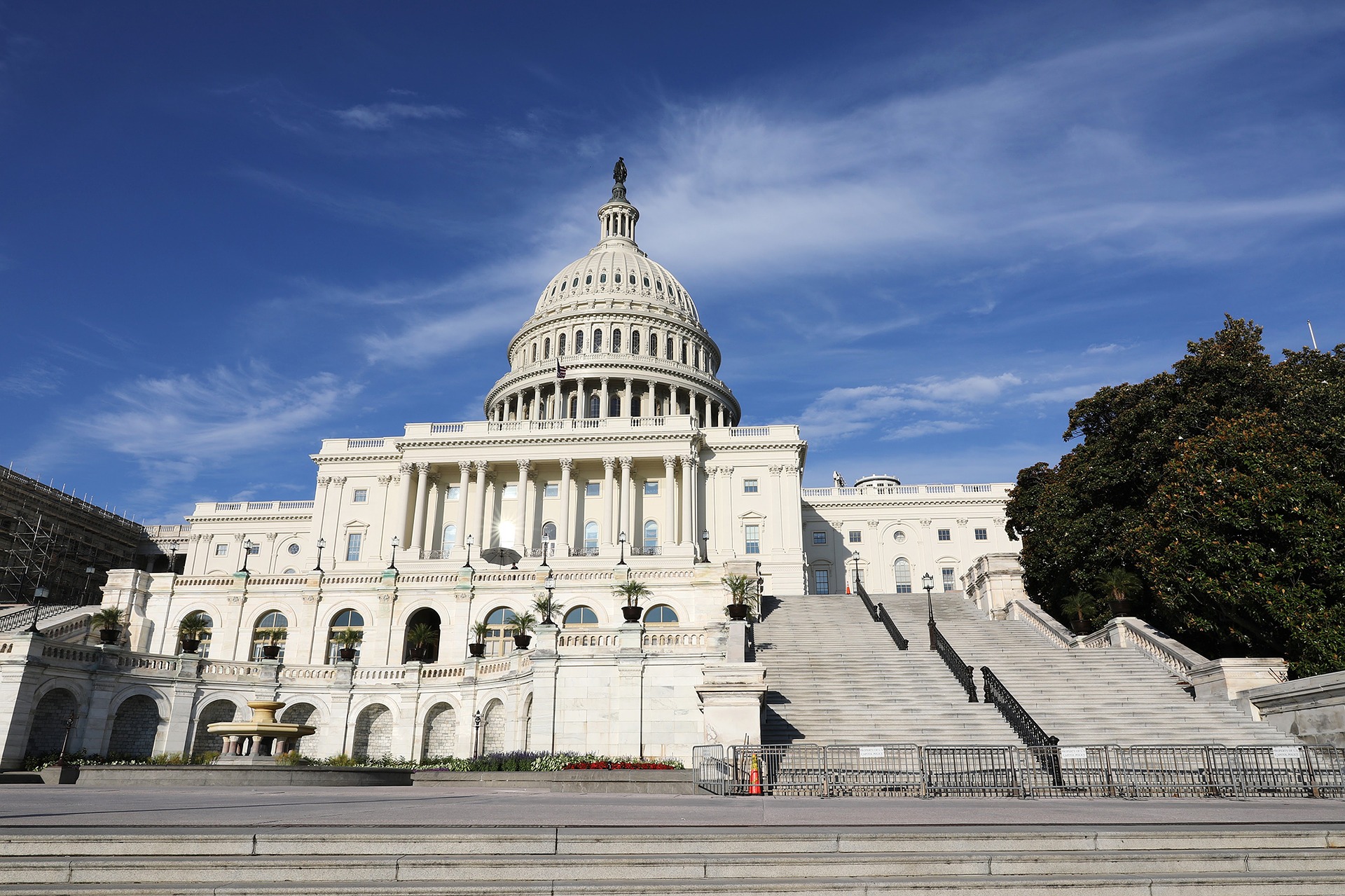Our previous post in this series provided an overview of the property rights litigation that has resulted from the federal Rails-to-Trails Program. This post delves a bit deeper into the problems and controversies.
While obtaining class certification seems to be becoming increasingly difficult in many legal areas and is very unusual for other types of takings, the courts have consistently been willing to certify rails-to-trails takings cases as class actions.[1] But whether these cases are tried as class actions or not, they tend to be time-consuming and resource-intensive efforts, requiring considerable research and testimony from expert witnesses. Often the legal costs exceed the value of the takings.[2] For example, in Preseault v. U.S., the government paid the Preseaults $234,000 for the land, $318,000 in interest, and $895,000 in attorney fees.[1]
Because of these excessive costs, these cases must be brought on a contingency fee basis. The plaintiffs’ lawyers are entitled to attorney fees if they win, and they also typically take a percentage of the total settlement. According to Arent Fox partner Mark “Thor” Hearne II, who has successfully represented property owners in numerous rails-to-trails takings cases and collected hundreds of thousands of dollars in contingent fees doing so, the average payout for a property owner ranges from about $15,000 to $60,000.[1]
Thomas Stewart, a partner at Baker Sterchi Cowden & Rice LLC, says that his team typically accepts rails-to-trails cases for a 35% contingency fee, and their record against the government in these cases is 24-0. They received a $33.5 million settlement earlier this year, including $11 million in attorney fees, in a case filed in 2010 by 250 property owners along a 25-mile rail corridor in South Carolina.[3]
Some have complained that despite the great costs, the federal government still does not receive title to these lands. As we have already noted, these cases involve an easement take and not a fee take. However, the easement is a perpetual easement with an interim use as a trail and possible future use as a railroad. Although the percentage of these trails reverting back to rail use is small, it is a possibility that must be considered. For example, in May 2012, the Surface Transportation Board (STB) granted the R.J. Corman Railroad permission to reclaim 20 miles of abandoned track in Pennsylvania, 9.3 miles of which had been converted into a portion of the Snow Shoe Rails to Trails system.[4] [5] [6]
Despite its successes, there are many reasons to be discontent with the results of the Rails-to-Trails Program. Congress has considered changing the law on several occasions, but so far, it seems that we will continue to see abutting landowners filing these cases, lawyers accepting them on a contingency fee basis, and the federal government having to pay out large settlements, while the underlying property rights remain sufficiently murky that there is always the possibility for more litigation in the future.






Recent Comments